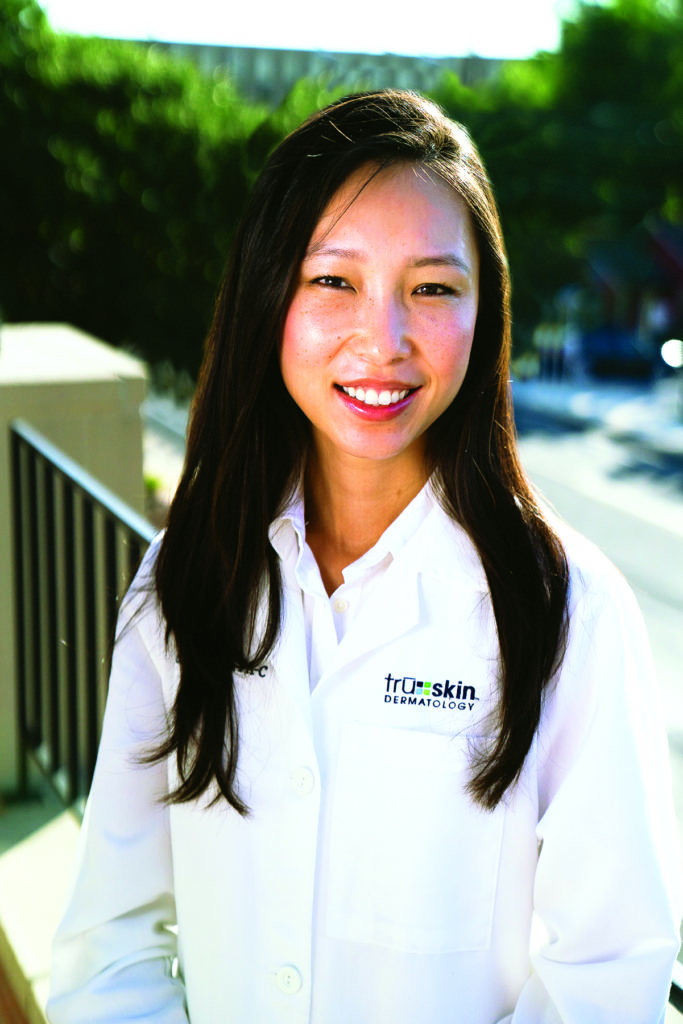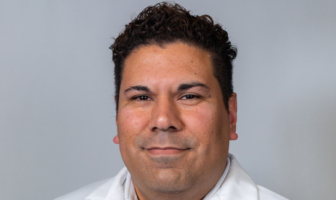Sponsored Content brought to you by Tru Skin Dermatology
Dr. Liqiao Ma is a board-certified dermatologist and fellow of the American Academy of Dermatology who practices medical, surgical and cosmetic dermatology in Austin and the surrounding communities. She is originally from Norman, Oklahoma, and attended Duke University for undergraduate studies. She then moved to Texas for medical school at the University of Texas Southwestern Medical Center in Dallas, where she graduated with honors as a member of Junior Alpha Omega Alpha, awarded to the top 10% of her class.

Little known fact: Skin cancer is the most common cancer in the United States and in the world.
Skin cancer affects millions of people in the United States per year. In fact, at least 1 in 5 Americans will develop a skin cancer by 70 years old, and more than two Americans will die of skin cancer every hour. The most common types of skin cancer are basal cell carcinoma, squamous cell carcinoma and melanoma (which is also the deadliest form). Thankfully, melanoma is the least common of the three. However, basal and squamous cell carcinoma should never be dismissed. Squamous cell carcinoma can be deadly, and both cause significant morbidity. If untreated, they can become very large, bleed, ulcerate, destroy tissue and cause great pain.
What are the treatments for skin cancer?
Skin cancer is treated in several different ways depending on the type, its size, location and other patient factors like age, medical conditions, mobility, etc. Common types of treatment include surgical excision, destruction with curettage and cautery, cryotherapy and topical chemotherapy. The highest cure rates are achieved with surgery, especially a specialized type called Mohs surgery. However, a lesser-known treatment option that offers just as high of a cure rate, but does not involve scalpels or stitches, is image-guided superficial radiation (IGSRT).
What is image-guided superficial radiation, or IGSRT?
Image-guided superficial radiation, or IGSRT, is a technology that uses low doses of radiation to kill off non-melanoma skin cancers like basal and squamous cell carcinoma. Unlike the most commonly known radiation treatments that are done in hospitals, IGSRT is done in your dermatologist’s office. Because the doses only go skin-deep and not internally, patients typically do not suffer from systemic side effects. The machine’s ultrasound allows your dermatologist to visualize exactly how deep and wide the skin cancer goes. The most recent studies have shown that IGSRT offers a high cure rate similar to Mohs surgery.
Why IGSRT, and who is the best candidate?
Because there is no cutting or tissue removal, IGSRT offers great cosmetic results combined with high cure rates. The cosmetic outcome is especially excellent on sensitive areas like the face, nose and ears. Because there is no cutting, there is a much lower risk of nerve injury, bleeding, infection and scarring. IGSRT is a great surgical alternative for patients who have risk factors for poor healing and infection like diabetics, those on blood thinners or older patients. It is also great for patients who simply do not want a surgical operation or the downtime and wound care associated with that. In short, IGSRT can be used to treat most non-melanoma skin cancers for most people anywhere on the body.
Where can I find IGSRT?
Tru-Skin Dermatology offers IGSRT at most of its seven locations. These include Austin, Bastrop, La Grange, Hallettsville and Spring Branch. The board-certified dermatologist and other providers at Tru-Skin Dermatology also perform skin cancer screenings. If you are in need of a skin check or already have a diagnosed skin cancer and are interested in learning more about IGSRT, please reach out to Tru-Skin Dermatology for an appointment today.



